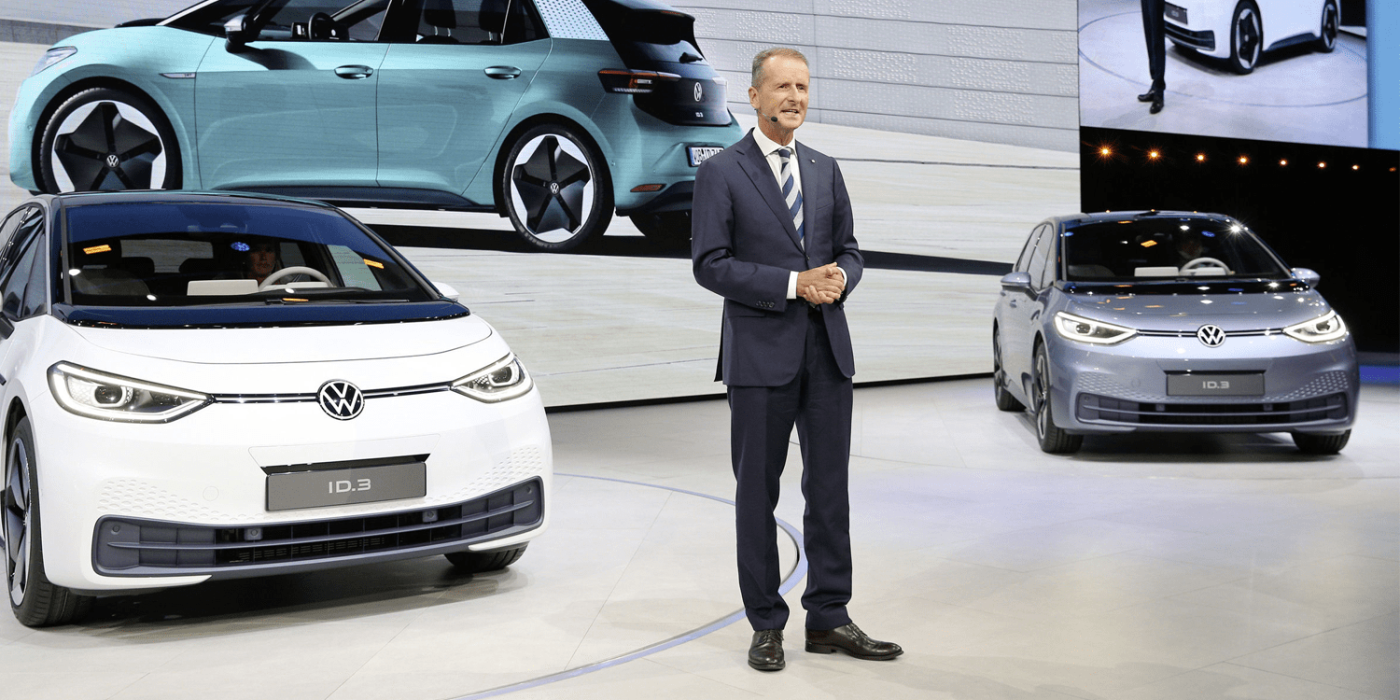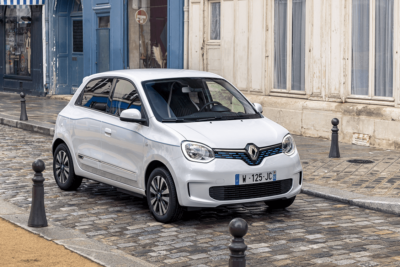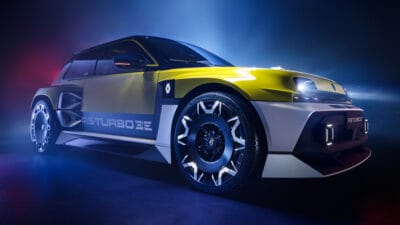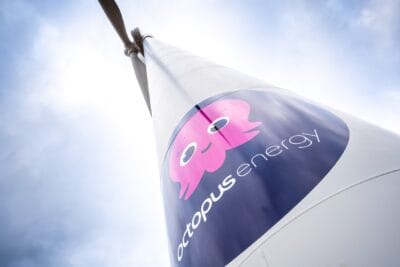Volkswagen to tighten savings plan
Volkswagen CEO Herbert Diess has massively tightened the group’s austerity measures in the Corona crisis and made some choice words internally regarding electrification. Diess’ goal: E-mobility must not remain a subsidy business.
According to the German Automobilwoche Diess stated the following during an internal speech to top managers of the Group: “We must significantly cut back on R&D spending, investments and fixed costs compared to the current planning status.” In the short term, the multi-brand group will probably still have to cushion the effects of the Corona crisis, as Diess also warned that net liquidity “will continue to decline at least until July due to weak demand”.
The savings target for the VW Passenger Cars brand, for example, was set at a 20 per cent reduction in material overheads, the trade newspaper said, citing participants. According to Diess, every issue had to be justified.
The problem, however, is not only high expenditure but also in part negative contribution margins for some of the current electric models. According to Diess, VW has to contribute “up to 5,000 euros per car” with every e-Up sold, with the e-Golf a similar shortfall would be incurred. These negative contribution margins have, of course, nothing to do with the current economic situation, but are the result of the previous model and purchasing policy of the Wolfsburg company, which preferred to rely on converted combustion engines for its e-models, even if only in manageable quantities. Misjudgments that now go into the money when the market picks up. And further increase the pressure on the ID.3: The first MEB model should not only prove that VW can build electric cars, but also make money from the very beginning.
But also independent of the success of ID.3, which also puts Herbert Diess under pressure, the VW boss urged more commitment. “One of the unpleasant truths is that our market leadership in China is not a law of nature,” Diess said. “In China, the market leader in electric cars is now called Tesla.” And significant growth can only be achieved with electric cars in the republic.
The German publication Handelsblatt also reported last week that internal pressure on Diess is growing – not only because of the faltering transformation into the electric age but also because of management errors. However, Diess said that the supervisory board was still in favour of him as he had initiated the changeover from combustion vehicles to electric cars and invested in digitalization. But the criticism is growing louder, partly because of personnel decisions, but also because of the way Diess initiates many projects, but hardly ever completes any.
One of the new projects is called ‘Rocket’: In a strictly confidential workshop, the company recently examined how to catch up with Tesla by 2024. Under the leadership of Audi CEO Markus Duesmann, ‘Rocket’ is intended to advance the Group’s software, the core element being a newly released software package called “E³ 2.0”. This was criticized by the executives, who said that “even today, hardly a line of software code comes from us. For this reason, VW’s new car software organization is to “go from a virtual to a real player on July 1”.
Update 08 June 2020: Shortly after office hours, news reached us that the Volkswagen Group Board of Management had initiated the expected personal shuffle for the VW brand. The brand’s previous COO, Ralf Brandstätter has been appointed to take over as CEO from 1 July 2020. The Group in a statement said that this will give Diess a chance to “receive greater leeway for his tasks as Group CEO”. Diess said he was “very pleased that Ralf Brandstätter will be forging ahead with the development of the brand as CEO following the far-reaching strategic decisions of the past few years”.
The development follows earlier reports that suggested, Diess would want Porsche CEO Oliver Blume to come on board the VW brand to get the problems with the Golf 8 and ID.3 under control. The German publication Auto Motor und Sport cited company circles as their source, and further speculated that “Diess wants to get himself out of the line of fire because he is currently responsible for the big problems as VW brand boss”.
For Diess, the new management constellation means not only that he should concentrate on his role as Group CEO – but that he must now do so, according to the Supervisory Board.
With reporting by Sebastian Schaal, Germany and Nora Manthey, London.
automobilwoche.de, handelsblatt.com (in German), volkswagen-newsroom.com (Brandstätter)





4 Comments